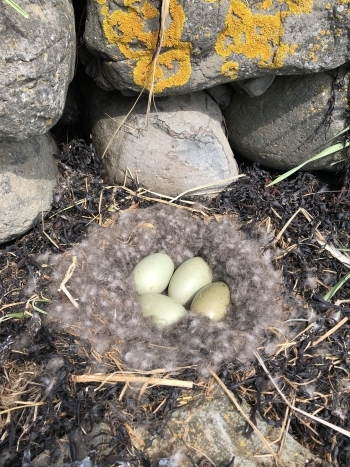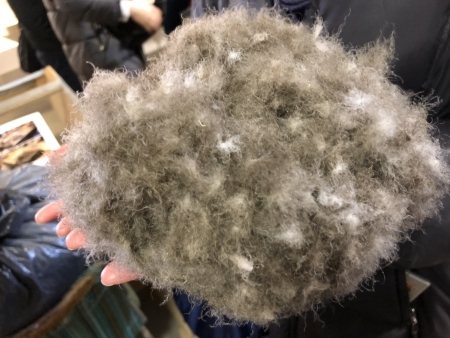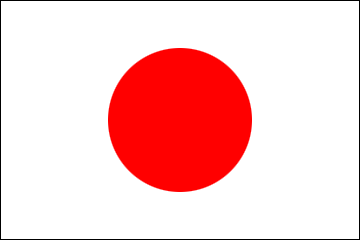From Ambassador
2018/6/15
Eiderdown


Although the most well-known export items from Iceland to Japan is fish, such as capelin, do you happen to know of another export product that plays a small but very unique role in supporting the bilateral economic relations between Iceland and Japan?
That export item is the down gathered from a duck called Eider (or Eider duck), of the genus Somateria, and the down is much valued in Japan as materials for high-quality comforter or quilt duvet.
Eider is a wild bird that inhabits the area of the Arctic Ocean, and it returns ashore in the northern part of Iceland during the breeding season of May to June every year. During this egg-laying period, the female duck’s down fall out from its underbelly due to hormonal changes and the bird begins making a nest with them in order to protect the eggs from the strong wind. Then the female duck transmits her body temperature directly to her eggs for an incubation period of 25 days.
As the female ducks spend most of their time lying on the eggs during this period, they become vulnerable to predators such as fox, mink and seagull, but local farmers have traditionally protected these ducks and sometimes they stand sentry for 24 hours.
When the young birds leave their nests, farmers gather the down from the nests in order to utilize it. It is quite amazing to learn that this kind of symbiotic and reciprocal relationship between humans and Eiders has been established for more than thousand years, and that Eiders even understand that humans protect them from their natural enemies.
Since Eiders have been a protected species, it is prohibited to pluck feathers directly from Eiders like ordinary goose or duck, therefore gathering their down from the nest is the only way to obtain it. The Eiderdown has hook-like threads that locks the down together and holds a significant volume of air, providing unparalleled warmth.
The other day, I was invited by the CEO of the down exporting company to an inspection tour of the Eider’s natural habitat, together with a group of Japanese people from a leading bedding manufacturer and its buyers. We embarked on a ferryboat from the town “Stykkishólmur” which overlooks Breiðafjörður bay and we were able to watch the conditions of the Eiders’ habitat. After that, we visited a factory in the town to see the cleaning and sorting process of down.
The most surprising experience for me was a sense of incredible lightness and warmth that I felt when an armful of down was placed on my palms. I immediately realized that this lightness and heat-retaining property is the secret behind the popularity of Eider down.
Approximately 3 tons of Eider down is exported to overseas annually from Iceland, and 70% to 80% of them goes to the Japanese market. According to a Japanese buyer, it’s been more than 30 years since they started importing the down from Iceland and that the comforter or quilt duvet made with Eider down can be used or passed down for 3 generations, albeit expensive.
Another fascinating aspect of this down is that there is a high probability that the birds that gave the down which ensures good sleep to us are still active and well somewhere out in the Arctic area, because they start laying eggs at the age of 2-3, while they normally live until 15 years of age.
Duvets made with Eider down are certainly premium products and it’s not something that I can easily afford, but I do look forward to the day when I can sleep under an Eider down duvet, while turning my thoughts towards Iceland and the Arctic area where the Eiders still live.
